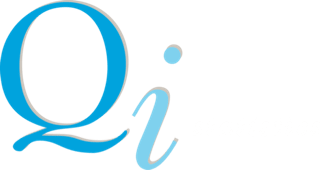Statistics for Consumer Research
Product code: CON2-0

Duration: 1 - 3 days
What you will gain from this course
You will understand how the scales are used to differentiate products, how to group consumers based on their different preferences and link their preferences to the sensory characteristics of the products tested in order to optimise your products. Emphasis is placed on the interpretation of the statistical tests and mathematical details are kept to a minimum. The training is suitable for both market researchers and consumer scientists working on product evaluation and optimisation.
Pre-requisite
Only the most basic statistical knowledge is assumed.
Software
We base the training around a suitable statistical software package. We recommend XLSTAT®, JMP® or EyeOpenR® but can advise on appropriateness of other software packages.
Flexibility
We can customise module content to specific requirements.
Course Content
Module 1: Analysis of Consumer Data – testing for differences
- Testing for differences in response between products
- Precision of a mean – standard error and confidence interval
- Analysis of Variance of hedonic scale data
- How it works
- Interpretation
- Multiple Comparison tests and LSD’s
- Power and sample size
- Analysis of binary scale data (Paired preference, CATA)
- Analysis of JAR (Just About Right) scale data
- Penalty Analysis
- Measuring effects of attribute variables and their impact on acceptability
Module 2: Multivariate methods
- Introduction to multivariate data
- Multivariate data displays
- Correlation
- Principal Component Analysis (PCA)
- Producing product maps using PCA
- Interpreting the map
- Cluster Analysis
- Identifying groups of consumers with different preferences.
- Demographic profiling and cluster validation
- Internal preference mapping techniques for cluster visualisation
- Correspondence Analysis
- Visualising brand attribute associations
- Interpreting cluster solutions
Module 3 Linking Sensory and Consumer Liking Data, Consumer Sensory Measures
- Regression Modelling
- Predicting liking from key sensory variables, identifying key drivers
- Principal Components Regression to predict liking
- Preference Mapping
- External and Internal mapping methods to link liking and product characteristics (sensory or analytic)
- Identifying an “optimum” product and predicting its product characteristics



